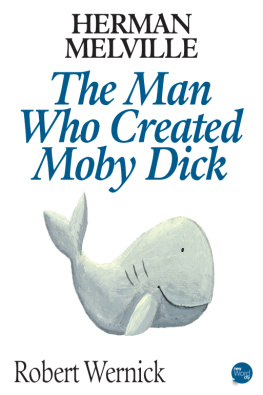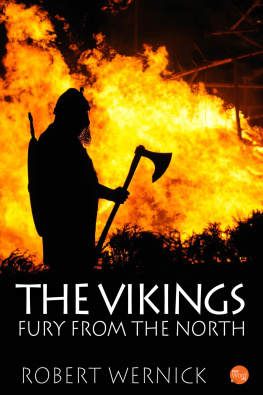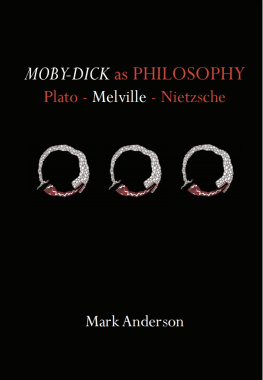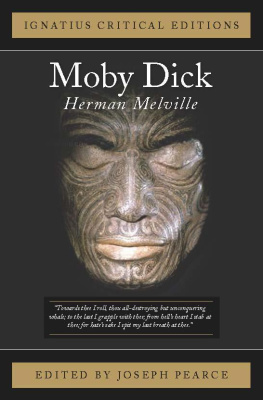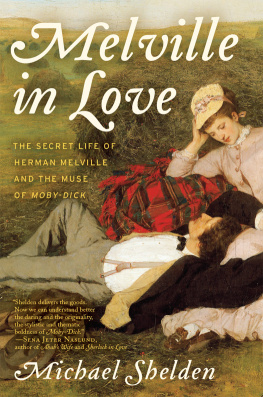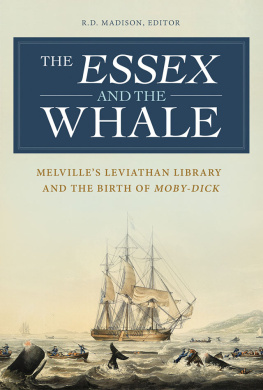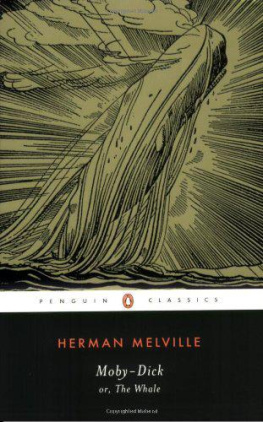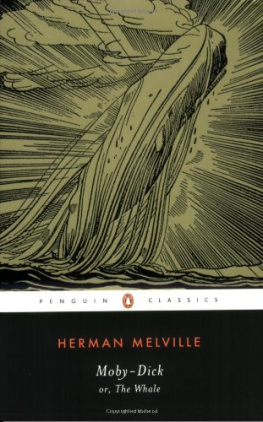Robert Wernick - Herman Melville: The Man Who Created Moby Dick
Here you can read online Robert Wernick - Herman Melville: The Man Who Created Moby Dick full text of the book (entire story) in english for free. Download pdf and epub, get meaning, cover and reviews about this ebook. year: 2013, publisher: New Word City, LLC, genre: Detective and thriller. Description of the work, (preface) as well as reviews are available. Best literature library LitArk.com created for fans of good reading and offers a wide selection of genres:
Romance novel
Science fiction
Adventure
Detective
Science
History
Home and family
Prose
Art
Politics
Computer
Non-fiction
Religion
Business
Children
Humor
Choose a favorite category and find really read worthwhile books. Enjoy immersion in the world of imagination, feel the emotions of the characters or learn something new for yourself, make an fascinating discovery.
- Book:Herman Melville: The Man Who Created Moby Dick
- Author:
- Publisher:New Word City, LLC
- Genre:
- Year:2013
- Rating:4 / 5
- Favourites:Add to favourites
- Your mark:
Herman Melville: The Man Who Created Moby Dick: summary, description and annotation
We offer to read an annotation, description, summary or preface (depends on what the author of the book "Herman Melville: The Man Who Created Moby Dick" wrote himself). If you haven't found the necessary information about the book — write in the comments, we will try to find it.
More and more readers and droves of scholars are turning to the pages of Moby Dick and other masterpieces by Herman Melville for an excursion into the world of the great American novel But in his lifetime New Englander Melville whose real-life adventures were the source for his spellbinding fiction found that adulation eluded him He had a bestseller in his first novel Typee at age 27 But by the time he was 30 in 1850 he was sitting at his desk in the Berkshires writing Moby Dick as a man possessed novel didnt attract a substantial readership and Melville lived out the rest of his days in obscurity His reputation began to be revived in the 1920s Today his audience is huge and interest in the life and times of an America icon is burgeoning Heres his life story briefly told by award-winning journalist Robert Wernick
Robert Wernick: author's other books
Who wrote Herman Melville: The Man Who Created Moby Dick? Find out the surname, the name of the author of the book and a list of all author's works by series.

